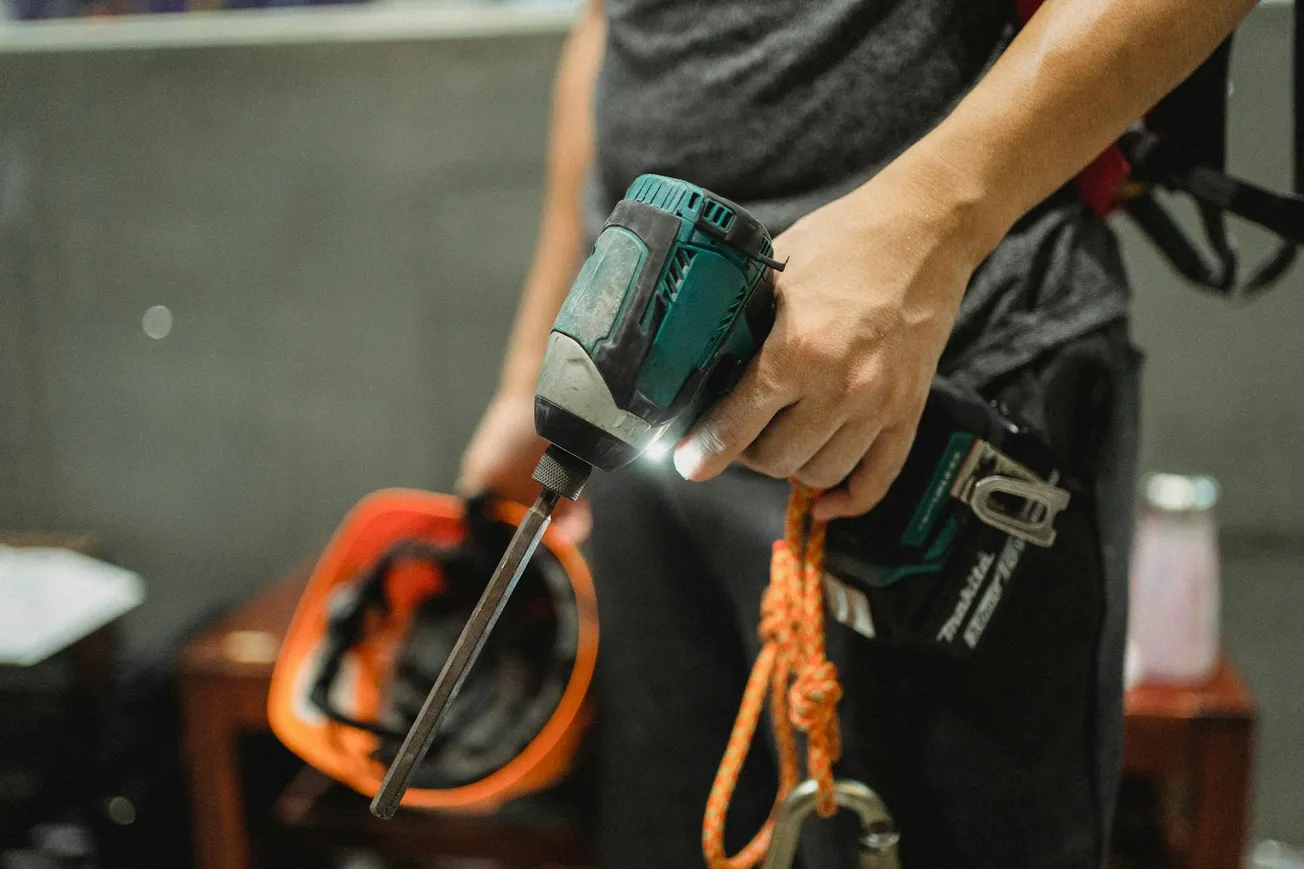Table of Contents
Home improvement contracting has come a long way! Where a man’s reputation and craftsmanship used to almost be all that was needed, now our clients are much more educated, much more skeptical, and require a greater professionalism and technical competency from their contractor in order to even be considered “in the running.”
Last time we focused in greater detail on gathering the raw intel—the building blocks of understanding our prospect as correctly as possible, so that we could minimize unintended offences and maximize our ability to speak in a way they can grasp, and that will win their trust (and ultimately the project). Understanding their life priorities, personal preferences, and how they evaluate others is critical to making sure we know how we will be judged, and what we need to bring to the table to have a successful client relationship.
Keep in mind that even if you read the prospective client correctly and present the perfect solution, it’s entirely possible outside influences will taint your client’s basis for evaluation after they’ve signed that contract! It could be fueled by buyer’s remorse or an overbearing yet well-intended parent, but we need to be prepared to address questions after the initial “contractor courtship.” Whenever possible look to plant additional seeds of support you can rely on later, if needed. Yes, this means even more time and effort, but if it keeps a client from canceling a contract—or worse, becoming the dreaded client you’re stuck with—it will be time well invested.
There are two main items on a prospect’s mind initially: what are the basic project details that will meet their assumed needs, and who is the right contractor that can deliver on those items in a timely and affordable manner? A slower walk through at the initial meeting(s) should allow a seasoned contractor to flesh out exactly what the client is expecting, and what they’re comfortable paying. Pay attention and you should also be able to glean sufficient intel to understand how to communicate with your clients in a manner they feel comfortable with.
A proposal can be presented via email, over the phone, in person at a client’s home/work, or at your own office/showroom. Generally, we’ve found our greatest successes come from in-person meetings. But every prospect is different; we’ve won projects with clients who were so offended by “the other guy” trying to force both decision-makers to sit for their three-hour, in-home presentation, that our creative, flexible approach to selling won them over.
That evaluation effort up front comes in handy here. Should this proposal include exhaustive specifications, or a simple single page of bullet points? Is it best to sit down with them and talk everything through line by line, or better to email it over and follow-up via text? Are they visual and need lots of images and examples, or prefer technical text? Again, if you have flexibility built into your process on how you will deliver the proposal, you can manipulate the required information into a process that best matches how your prospective clients prefer to make decisions. There are things you HAVE to cover, but HOW you cover them can often be adjusted to best fit with your client’s personality and preferences.
Once you’ve formatted the information into the style that should best be understood by your prospective clients, and you’ve determined how to present it in a way they can best understand, it’s time to play “what if” and look for other bits of information that you’ll need to have at hand to either seal the deal, protect your relationship, or bolster your credibility.
I’ve found that every client conversation is just a little different, but whenever I can, I look to seed the conversation early on with questions about how they like to make buying decisions, and how they plan to compare contractors and the contractors’ qualifications. This lets me know if they have any “hot buttons,” and if they are oblivious, in which case I’ll interject additional education into our relationship designed to help them understand what to look for in a contractor relationship.
Civic and professional associations (such as our local BBB, HBA, Chamber of Commerce, or the North American Deck & Railing Association) as well as manufacturer or industry training certifications (NADRA and NAHB both have excellent classes and industry-specific certifications, and most major decking and railing manufacturers have item-specific training available) can be critical to explain why they are important early on in the conversation. Early on the stakes are lower, so later in the presentation you can circle back and remind prospects why you’re a member of NADRA and why you hold that “gold” level with their preferred decking manufacturer.
If you present yourself as a trained professional, industry-specific training and certifications are critical in differentiating yourselves from those general contractors and handymen who often miss the nuances of our evolving industry.
At the point of proposal, we are beyond simply building trust. At this point it’s about removing imagined concerns and roadblocks that could keep them on the fence “reviewing options” indefinitely, and get them to sign the contract in good conscience—and stay confident in their decision!
I mentioned the nay-sayers, and the risk of outside influencers tainting the relationship after a contract. That’s one more area where it can help having visual representation of those organizations on the proposal along with supporting documentation. Or list your manufacturer’s logo and status on a welcome email. Better yet, forward them an email from the manufacturer congratulating them on their purchase. Having a professional proposal, with all of those logos at the bottom that you can physically hand off and say, “Here, look at all these awards and certifications” is sometime all that’s needed for your clients to defend your professionalism. In the process, they will not only reinforce their own confidence in your abilities, but they just might win over another prospective client for you to meet with.
Winter is the perfect time to sit down over a cut of freshly-roasted coffee and your three most recent completed project proposals, and give them an honest critique on a Saturday morning. Think back over those interactions—what stood out? Was there a time when they seemed hesitant, or that you might have bumbled an answer? Could you have sent an additional follow-up email (maybe you still can!) or something else to remind them of your unique skills and why you’re worth referring their friends to? Think again about the unique differences between these past clients, and how you might have been able to massage what you presented them to fit with their style, now that you have the benefit of a completed project and that interaction. Hindsight may be 20/20, but it only works if you use it!










